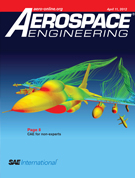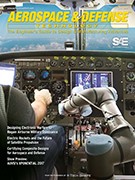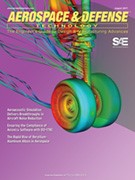Technical Paper
Improved Prandini Conflict Detection Algorithm Based on Trajectory Prediction
2023-12-31
2023-01-7100
Finally, a trajectory position prediction error model is built using actual ADS-B data to verify the performance of this improved algorithm for application in the no route change scenario and the multi-route scenario.









